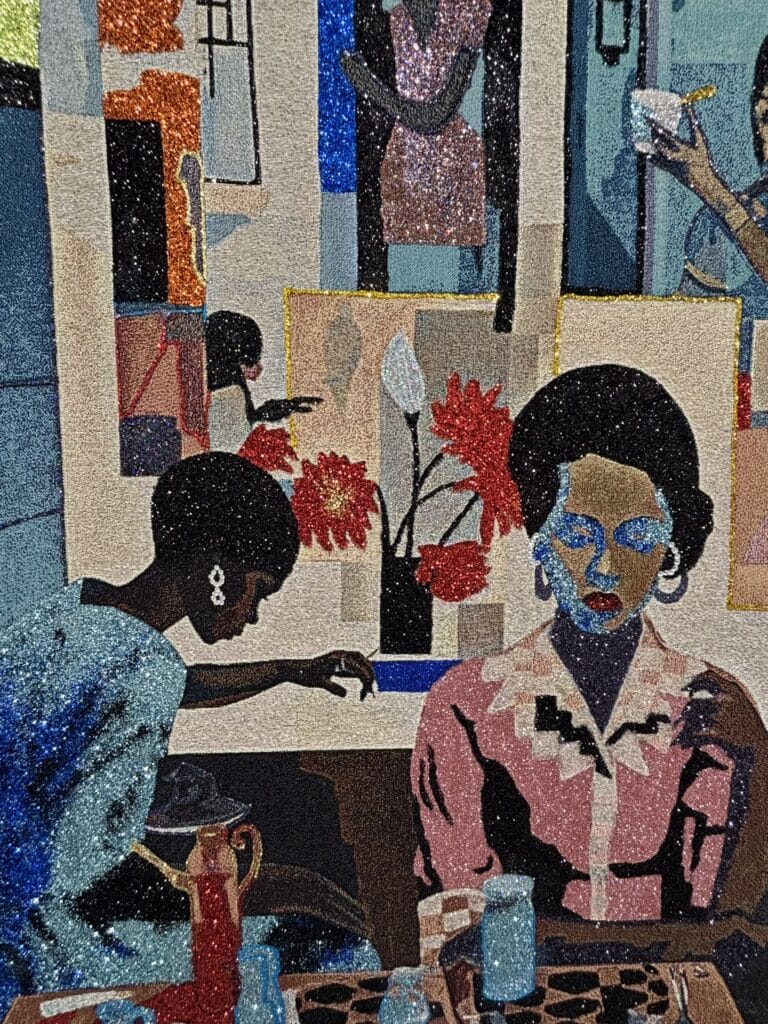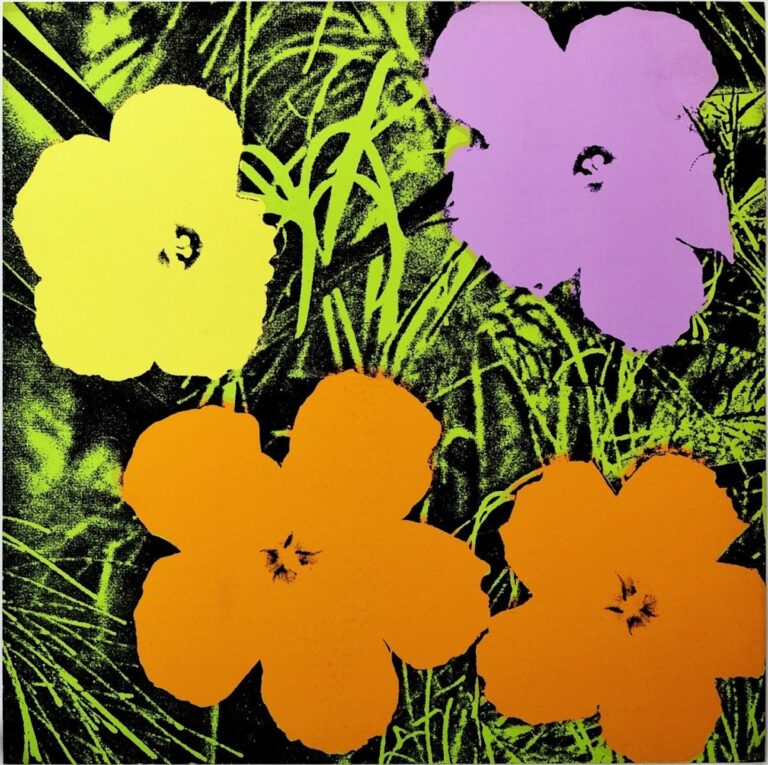Embarking on a journey through Anselm Kiefer’s images in Punctum entails a process of unlearning the neat categorizations of artistic mediums. The German artist’s show at the Gagosian Gallery on Manhattan’s Madison Avenue includes a vast array of visual languages, both large and small in scale, ranging from book projects to architecture. Yet, across these forms, one agent serves as the visual foundation grounding Kiefer’s thought-provoking expressions and explorations: photography. In its adapted form, the centrality of the practice is undeniable, traced across splashed lead, affixed objects, and poetic scrawlings.
A Monochromatic Timeline
The entirety of the exhibit plays out in hues of black, white, and greys in between. Yet, I did not find myself craving the vibrancy normally afforded by color, and instead found myself fully engrossed in the subtle shades of Kiefer’s interplay between light and shadow, past and present, memories lost and dreams reimagined.
Upon further research, I was interested to learn that Kiefer has created photographs as final artworks, repeatedly using them as starting points for further artistic explorations. His process involves “overloading” the original documentary evidence of a photograph with interpretive meanings and associations, incorporating photographs into larger beings that transport beyond realism.
Translating Archival Reiterations
This archival process of reusing, recycling, and reorienting photographic vocabularies greatly translates into the unresolved questions and traumas of German history as addressed by this show and Kiefer’s work at large. There is a distinct dissonance in the tensions and anxieties of symbolisms somehow elucidated and mystified, all at once.
I was especially drawn to the references to Jericho and its fallen walls. These black-and-white concrete towers depicted during wintry months loom against grey skies like the bombed-out ruins of nameless cities. Kiefer interrupts these images with layers of decay: villainous sunbursts and flames, haunted clouds and mists, or black sores and seething drips, to name a few.
Such evocative depictions represent the darkest parts of the human soul and also its enabled ascent. I left Anselm Kiefer’s exhibition at the Gagosian with an uncomfortable unease, one that brewed alongside an elusive, unexplainable resonance to these images I was both a stranger and a friend to.



